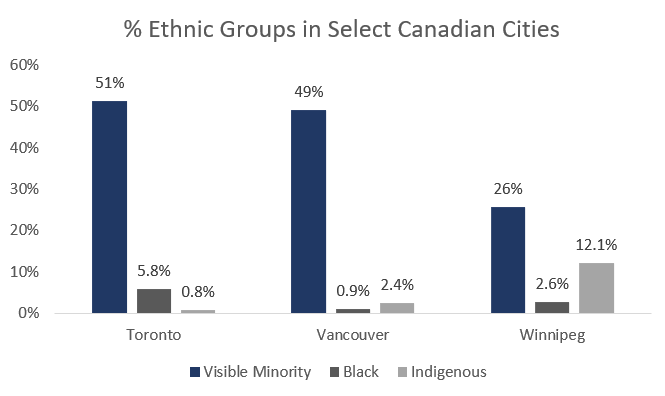When you’ve invested thousands of dollars into a research study, the report should be useful and actionable, one that is regularly studied and referred to. And, if there is a paper version, dog-eared and bookmarked, and weathered with love. With a bit of planning, you too can ensure that your reports don’t fall by the wayside.
Before embarking on your project, before engaging a supplier, plan out your measures of success. Identify the two or three conclusions, facts, or ideas that you require at completion of the research. For instance, will you have a succinct description of 3 new segments, or a new product or package or flavour identified?
By focusing on just a few questions, you can encourage a report that is also focused and doesn’t end up bloated with extraneous and tangential details. Further, make sure these two or three questions and potential answers can be produced in a simple way. The data team might love a thousand pages of crosstabs, and the analyst might love putting twenty-five variables into the regression model, but you need answers that are clear and understandable. More questions, more pages, and more data won’t necessarily do that. Simple questions and answers can be clearly articulated in any report, whether that report turns out to be written, audio, or visual.
Identify the level of detail that you and the rest of your team will require and actually use. Will you act on every minute detail of every segment, every SKU, and every market or are these simply extra facts available for colour when you need them later on? Make sure you can specify which details are essential for you to move forward with a project, and which details can be looked at later.
Similarly, identify key answers that would cause you to not implement the actions recommended by the results. For instance, what would constitute a tie between two competing new packages? Or, what would define a segmentation model that isn’t actionable because the key variables can’t be targeted? Be prepared for results that aren’t what you expected, and have an action plan for this outcome as well. The report will need to address these findings in an actionable way too.
Identify your key stakeholders. Obviously, you are one of the key stakeholders. In addition, though, your senior leadership team is probably interested in the results and might even need to sign-off on further actions. A final report might also need to be shared with the product team, the packaging team, the retail design team, or any number of other teams dependent on the results. Identify whether certain teams prefer to work with written, audio, or visual materials, and identify whether they are concept oriented or detail oriented. For instance, the leadership team might like to review a carefully curated, short video showcasing customer reviews rather than read a ten-page report. On the other hand, the brand manager might want a thirty-page report. Any outputs from the research must to meet the needs of each stakeholder as well as your needs.
Finally, collect all of this information together and communicate it to your research provider. Make sure they precisely understand what you need, and what each stakeholder needs. Together, you can decide whether you need a five or fifty page written report, a series of videos, an infographic poster to display in the office, or some combination.
As the report user, you have the power to decide what research outputs you need. Make sure you choose actionable!




